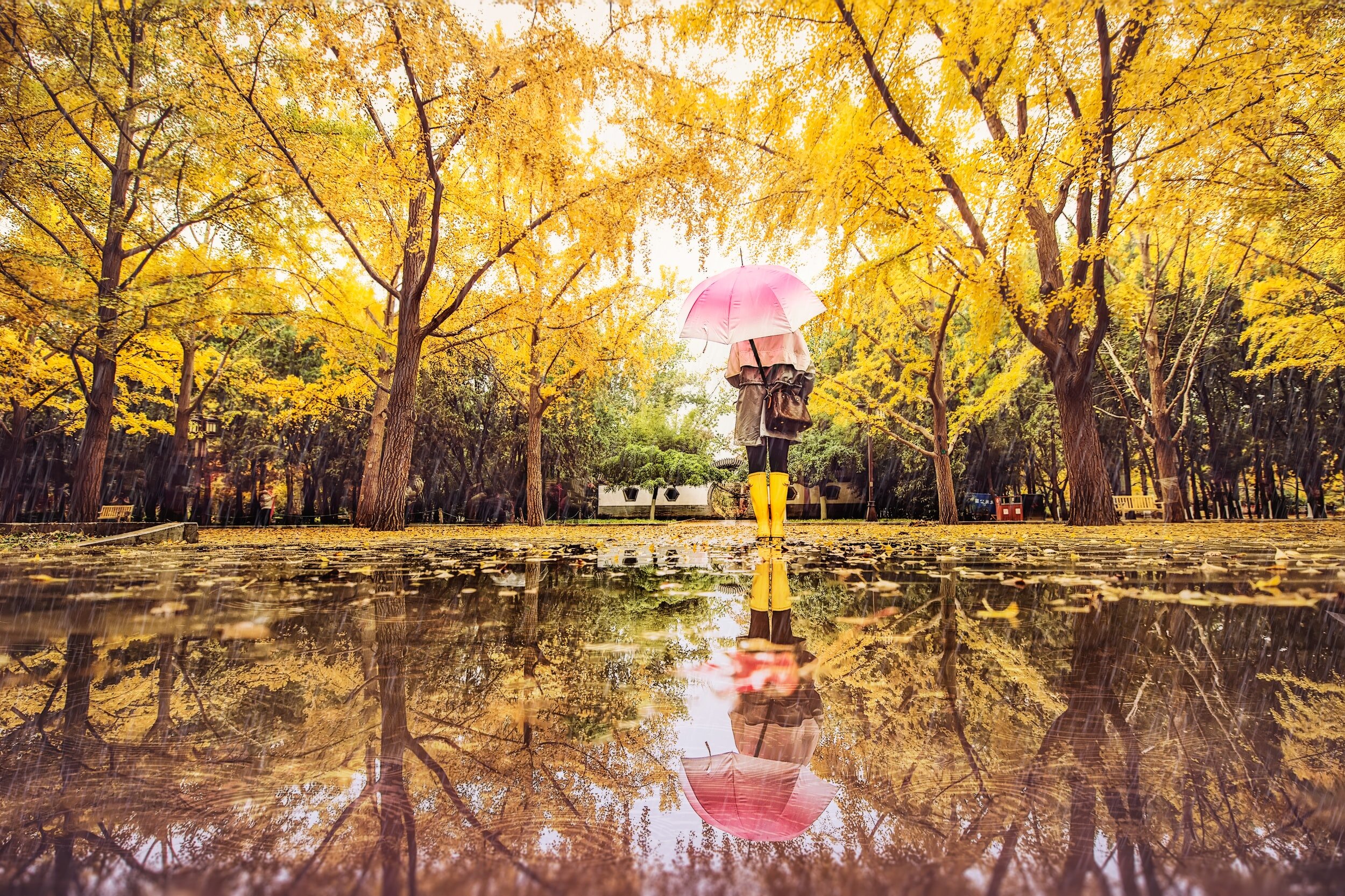
Editor’s note: Ryan moved to the United States from Guangzhou, China, at the age of twelve. Ryan received his Master of Divinity at Gordon-Conwell Theological Seminary and is currently serving as an Assistant Pastor at New City Presbyterian Church in his US hometown of Cincinnati, OH. He also serves as the China Partnership Translation Manager.
On Easter Sunday, April 5, 2015, my wife and I started the day early, at 4:30 am. We rushed over to our predominantly white church in Cambridge, Mass., for me to preach at our sunrise service. We stayed for the annual Easter morning breakfast and the 10 a.m. worship service. It was a beautiful, sunny morning, perfect for an Easter picnic and outdoor family pictures. But as our church friends went off to celebrate with their family and friends, our day took a distinctly different turn.
After our Easter worship service, we rushed out – in our Easter attire – to join my extended family at various cemeteries in Boston, because that Easter Sunday also happened to be Qing Ming (pronounced ching-ming), a Chinese holiday where extended families gather together to pay respect to our deceased relatives at their graves. It is customary for my relatives to offer incense, food, and paper effigies in the shapes of gold bars and money for our deceased relatives. These offerings were believed to make their lives in the underworld more comfortable. For my wife and I, we paid our respect by bringing a bouquet of flowers. In fact, most of our relatives do not believe in the after-life or ancestor worship, but Qing Ming is a long-revered tradition that also gives our extended families in Boston a rare chance to reunite. So while many of our church friends were having Easter brunch with their extended families, I too was surrounded by my extended family, only we were eating Chinese pork buns, octopus from Chinatown, and homemade red bean pastries by my grandma’s grave.
The irony of the day not only consisted of us intentionally visiting cemeteries on Easter Sunday, but also in showing us how little my two worlds related to one another. Almost none of my relatives knew that earlier that morning I had just preached at a predominately white church. If they did, they would assume that my vocation as a pastor only reflected how much I had assimilated into the white Protestant culture. On the other hand, most of our church friends had probably never even heard of a holiday called Qing Ming. They do not know much about that side of my life. But for us, the differences between East and West, and the contrast between life and death, all converged in our little family on that Easter Sunday.
The contrast between life and death in April has always been strong in my family because of these two holidays, but it became even more pronounced a few years later. Our first child was born on Holy Saturday, April 15, 2017. But then one year later, three days after our son’s first birthday, my dad died suddenly due to complications from lung cancer on April 18, 2018. Every April, our family lives in the tension between life and death, grief and celebration, loss and hope, Qing Ming and Easter.
Never miss a story
I am sharing these memories because this April, just like 2015, Easter falls on the same day as Qing Ming. The contrast between death and life, loss and hope, may be even more pronounced for many people after a year of global pandemic. I am sure, per our Chinese tradition, my family will make a visit to my dad’s grave, although we will not be bringing any cooked chickens or paper effigies with us. We will mark the third anniversary of his death and mourn his absence. But our cemetery visit will also happen in the midst of all the Easter celebrations: church egg hunts, Easter Sunday dresses, obligatory family pictures, and brunch with mimosas. It will be another bittersweet weekend for our family. God has ordained that Qing Ming and Easter will always happen close to each other, my dad’s anniversaries will always come in the heel of our son’s birthday, but perhaps there is no better way to summarize our Christian faith: we are always living in the tension between deep sadness and great joy, under the light of Christ’s resurrection. Qing Ming will always bring us back to my dad’s grave every year, but Easter will remind us that one day, his grave will be empty, too.































